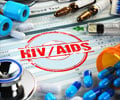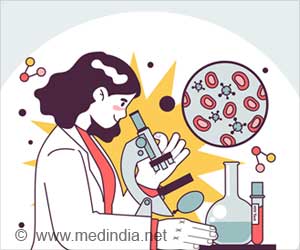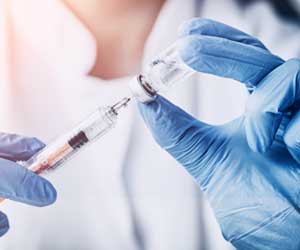A review of existing research confirms that health-care workers should undergo a month of preventive drug treatment if they are exposed to HIV on the job.
A review of existing research confirms that health-care workers should undergo a month of preventive drug treatment if they are exposed to HIV on the job.
Still, the reviewers say that there’s been little research into so-called occupational postexposure prophylaxis, and it’s still not clear what should be done when health-care workers are exposed to patients who are resistant to some drugs.The review appears in the current issue of The Cochrane Library, a publication of The Cochrane Collaboration, an international organization that evaluates medical research. Systematic reviews draw evidence-based conclusions about medical practice after considering both the content and quality of existing medical trials on a topic.
Doctors, nurses and other health-care providers have worried about HIV exposure since the AIDS epidemic first began in the early 1980s. Since the virus that causes AIDS is transmitted through blood, a simple needle stick could infect anyone treating a patient.
The risk, however, is quite low. The Centers for Disease Control and Prevention estimated in 2005 that the risk of HIV transmission through a contaminated needle stick is 0.3 percent, or about 1 chance in 333.
The low transmission risk may be related to two factors — the small amount of virus that gets into the body through health-care workers’ wounds and the barrier to the virus posed by the lower levels of the skin, said review co-author George Rutherford, M.D., of the University of California, San Francisco’s Institute for Global Health.
Still, a 1-in-333 risk is hardly insignificant. Many countries recommend postexposure prophylaxis, or PEP — in which doctors try to kill the virus in the body before it takes hold — if a health-care worker has been potentially exposed to HIV. The same approach is used to treat people who have been potentially exposed to HIV through sex.
Advertisement
The researchers were only able to find a single study that compared those who took drugs after exposure to those who didn’t.
Advertisement
HIV patients typically take more than one drug, and doctors prescribe multiple drugs as prophylaxis for exposed health-care workers, too. While there’s no research suggesting whether that’s a good idea in the latter case, the reviewers still recommend a multiple-drug regimen because it works in HIV-infected patients.
Questions still remain, however, about what to do if an HIV patient is resistant to existing medications. “That is,” Rutherford asked, “what do you do if you know a patient is not susceptible to the first-line drugs?”
There’s also the matter of side effects, which can keep people from wanting to continue on HIV drugs for the recommended full month.
For now, Rutherford recommends that health-care workers follow federal guidelines regarding the risk of HIV infection from needle sticks.
Still, the risk of an infection seems likely to never go away. An estimated 26 percent of nurses surveyed reported having been injured once in their careers by a “sharp” contaminated with a patient’s blood, while 14 percent reported having been injured at least twice, according to Frank Myers, director of clinical epidemiology and safety systems at Scripps Mercy Hospital in San Diego.
Fifty-six percent of nurses, surveyed, however, reported no such injuries, said Myers, whose study will be published in the journal Nursing 2007.
On the positive side, hospitals are worrying more about potential risks on the job and companies are developing safer medical devices, such as syringes that retract needles when they’re removed from patients.
“The more years of experience, the more likely you are to have had such an injury,” Myers said, “driven in part by both the years at risk and the earlier years of having fewer safety devices and a poorer safety environment.”
Source-Newswise
SRM











